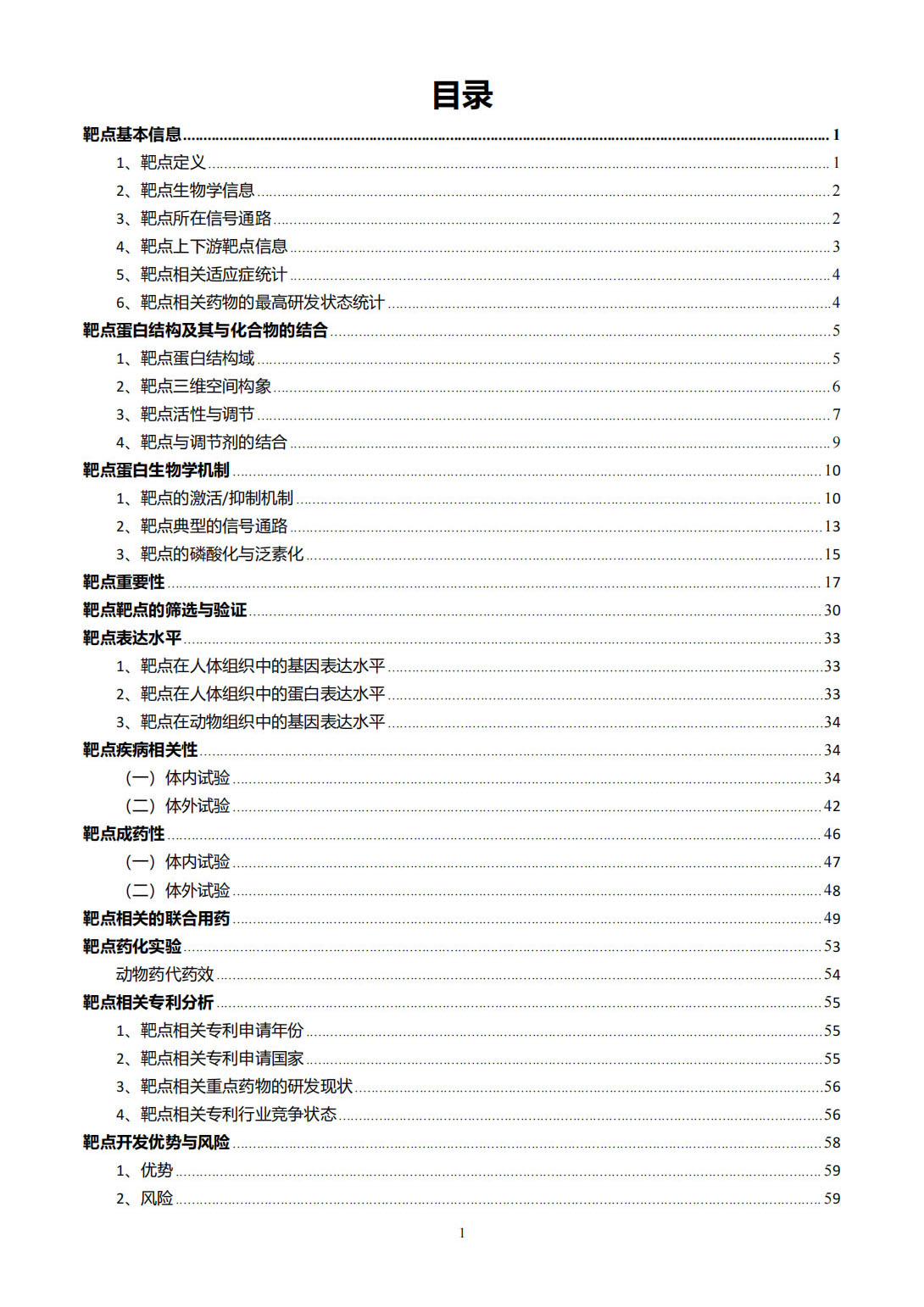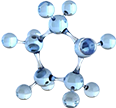HGF Target Analysis Report Summary


About the Target
Based on the context information provided, the following comprehensive summary regarding HGF can be compiled:
HGF, also known as hepatocyte growth factor, plays various roles in different biological processes. It acts as an antagonist to HGF through its intramolecular fragment called NK4, which can bind to the receptor without activating the signal transduction pathway [1]. In hepatoblastoma (HB), HGF activates the beta-catenin signaling cascade in a Wnt-independent manner, leading to the transcription of target genes associated with HB [2]. In melanoma cells, HGF/c-MET signaling is involved in proliferation, survival, motility, invasiveness, and niche formation [3], while miR-16 regulates the levels of HGF in fibroblasts and affects cancer cell aggressiveness through the stimulation of the cMET pathway [4]. HGF/Met signaling activates the MAPK pathway, particularly Erk1/2, and leads to the activation and upregulation of Sp1, which in turn promotes the expression of Ezrin [5].
In summary, HGF is implicated in the regulation of various cellular processes and signaling pathways, playing diverse roles in different contexts such as antagonism, beta-catenin activation, melanoma progression, fibroblast regulation, and transcriptional regulation through Sp1 in the presence of MAPK activation [1][2][3][4][5].
Based on the provided context information, the key viewpoints regarding the role of HGF in cancer and potential therapies are:
HGF released by the microenvironment promotes the survival and viability of accessory cells and leukemic cells in chronic lymphocytic leukemia (CLL). Inhibiting HGF or its receptor c-MET may interfere with cell signaling pathways and promote CLL cell death [6].
HGF, along with other factors like IL-6, activates pathways such as JAK1/STAT3, Wnt, and MAPK/ERK, which contribute to cell survival and proliferation in various cancers. Inhibitors of these pathways, such as HO3867, sinomenine, and Mab216, have shown potential for inducing apoptosis in cancer cells [7].
HGF signaling through c-MET and the activation of STAT3 in cancer-associated fibroblasts (CAFs) promotes tumorigenesis and metastasis in gastric cancer. Inhibiting HGF or IL-6 attenuates the characteristics of CAFs and reduces cell migration [8].
HGF induces resistance to certain cancer drugs like alectinib by activating the MET/Gab1 axis, leading to downstream survival signaling. Metformin disrupts the interaction between MET and Gab1, inhibiting these signaling pathways and promoting cell death [9].
The depletion of a protein called C3G leads to defective HGF/MET signaling and reduced activation of downstream effectors in hepatocellular carcinoma (HCC). This disruption in the signaling pathway affects cell migration and overall cell survival [10].
In summary, HGF plays a crucial role in promoting cell survival, proliferation, and metastasis in various cancers. Therapeutic approaches targeting HGF or its downstream effectors, such as c-MET and Gab1, show potential for inhibiting cancer progression and inducing apoptosis. Further research is needed to explore the efficacy of these therapeutic strategies in clinical settings. [6][7][8][9][10]
Figure [1]

Figure [2]

Figure [3]

Figure [4]

Figure [5]

Figure [6]

Figure [7]

Figure [8]

Figure [9]

Figure [10]

Note: If you are interested in the full version of this target analysis report, or if you'd like to learn how our AI-powered BDE-Chem can design therapeutic molecules to interact with the HGF target at a cost 90% lower than traditional approaches, please feel free to contact us at BD@silexon.ai.
More Common Targets
ABCB1 | ABCG2 | ACE2 | AHR | AKT1 | ALK | AR | ATM | BAX | BCL2 | BCL2L1 | BECN1 | BRAF | BRCA1 | CAMP | CASP3 | CASP9 | CCL5 | CCND1 | CD274 | CD4 | CD8A | CDH1 | CDKN1A | CDKN2A | CREB1 | CXCL8 | CXCR4 | DNMT1 | EGF | EGFR | EP300 | ERBB2 | EREG | ESR1 | EZH2 | FN1 | FOXO3 | HDAC9 | HGF | HMGB1 | HSP90AA1 | HSPA4 | HSPA5 | IDO1 | IFNA1 | IGF1 | IGF1R | IL17A | IL6 | INS | JUN | KRAS | MAPK1 | MAPK14 | MAPK3 | MAPK8 | MAPT | MCL1 | MDM2 | MET | MMP9 | MTOR | MYC | NFE2L2 | NLRP3 | NOTCH1 | PARP1 | PCNA | PDCD1 | PLK1 | PRKAA1 | PRKAA2 | PTEN | PTGS2 | PTK2 | RELA | SIRT1 | SLTM | SMAD4 | SOD1 | SQSTM1 | SRC | STAT1 | STAT3 | STAT5A | TAK1 | TERT | TLR4 | TNF | TP53 | TXN | VEGFA | YAP1

